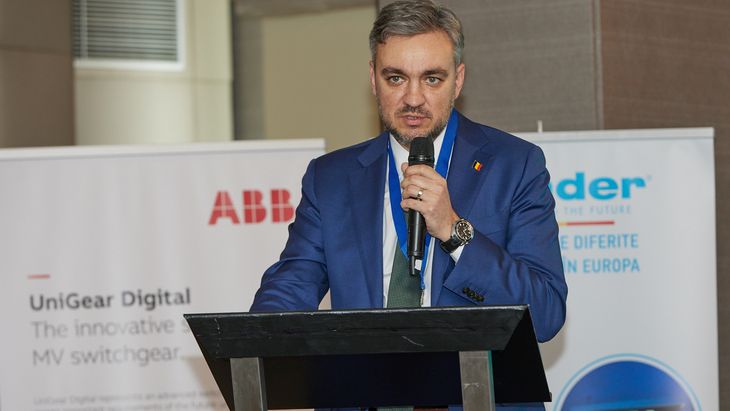The joint plenary session of the Chamber of Deputies and the Senate decided, on Wednesday, to appoint George Niculescu, former secretary of state in the Ministry of Energy, as president of the Regulatory Committee of the National Energy Regulatory Authority (ANRE). Niculescu replaces Dumitru Chiriță (PSD), who was president of ANRE since 2017.
Niculescu received 256 votes “for” and 24 “against”.
Gabriel Andronache, former president of Transelectrica, was elected for the position of vice-president of ANRE, with 263 votes “for” and 6 votes “against”. He replaces Zoltan Nagy-Bege (UDMR), vice-president of ANRE since 2017. Sources contacted by Energynomics indicated a possible new leadership position within “a public institution”, possibly at the Ministry of Energy, for Zoltan Nagy-Bege, however, contacted by Energynomics, he denied the information. He did not wish to offer further comments.
“Zoltan Nagy-Bege was a general director within ANRE, on Energy Efficiency. But the position went to the Ministry, and now they will have to propose another position. I, if I were in the place of the new president, would keep him in the position of general manager. Because everyone knows his abilities… He should be brought back, for the good of the sector, because there are not too many people who have his qualifications and competence,” a source told Energynomics.
The two vacant member positions in the ANRE Regulatory Committee will be filled by Sorin Bumb (PNL) – 260 votes “for” and 80 “against” and Cornelia Sulger (PSD) – 244 votes “for” and 96 against” , according to Agerpres.
We remind readers that from June 2023 the principle of government “rotation” will enter into force, whereby the main parties in charge – PNL, PSD and UDMR will exchange their leadership of public institutions and state companies.
The Liberal Minister of European Investments and Projects, Marcel Boloş, previously stated that Romania needs financial stability and, as a result, the government ”rotation” should be produced after the submission of payment request number 3 of the PNRR, which has a deadline for June.
“Given that we are discussing payment request number 3 and that every payment request has behind it institutional history and people who are familiar with the issues and know, let’s say, the logic of things, I think that payment request number 3 should be the one that is deposited and after that the rotation happens. The government experience I have prompts me to say this, because those who come later need a period of work until they get used to the problems and, of course, here, in terms of payment requests and implementation, the PNRR does not forgive, (but) it is relentless. Pushing the request for payment implies, by way of consequence, the following requests for payment which can then be taken further, because it is the rule of consecutiveness. That is, payment request number 3 is submitted, the benchmarks and targets are validated and after that you can submit payment request number 4,” said Boloş, at the Victoria Palace, on March 22, according to Digi 24.
He added that if the payment request number 3 will be submitted in the fall, instead of June, the chances of submitting a second request this year “significantly decreases.”

